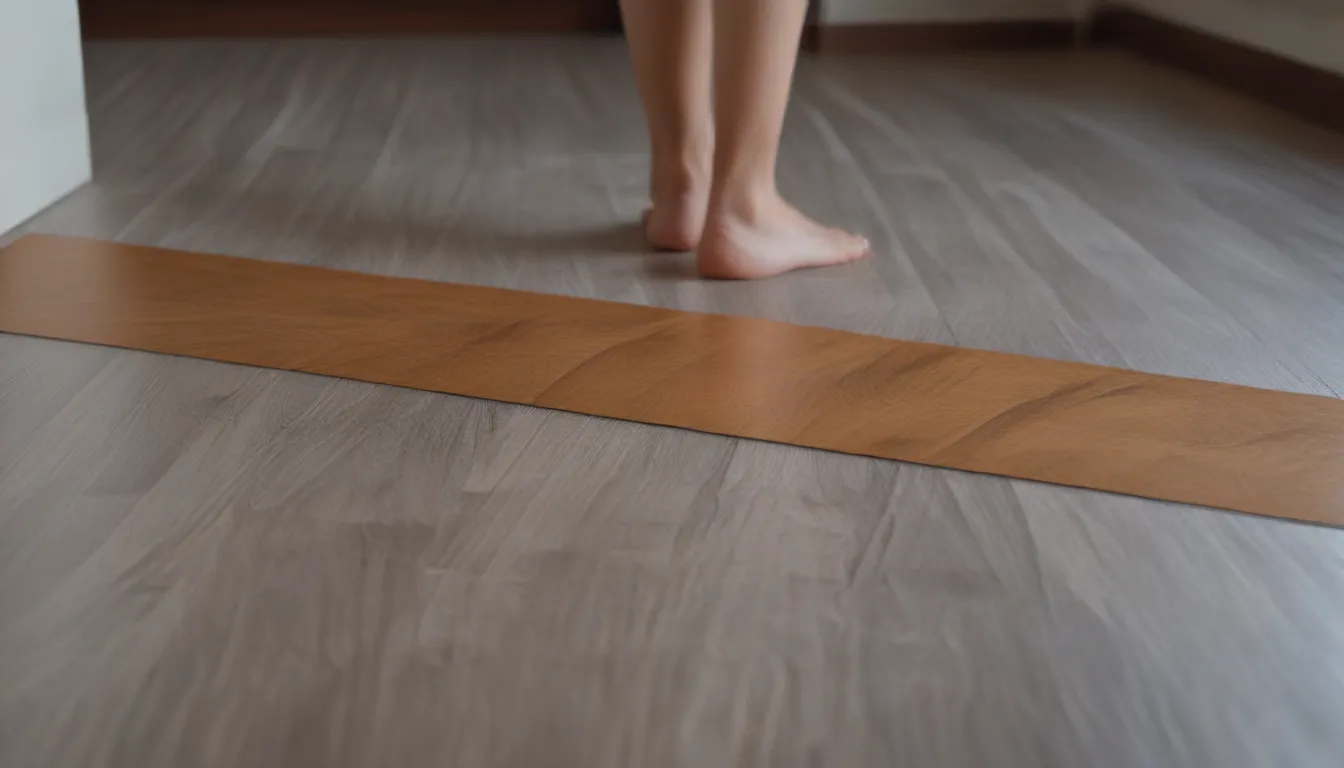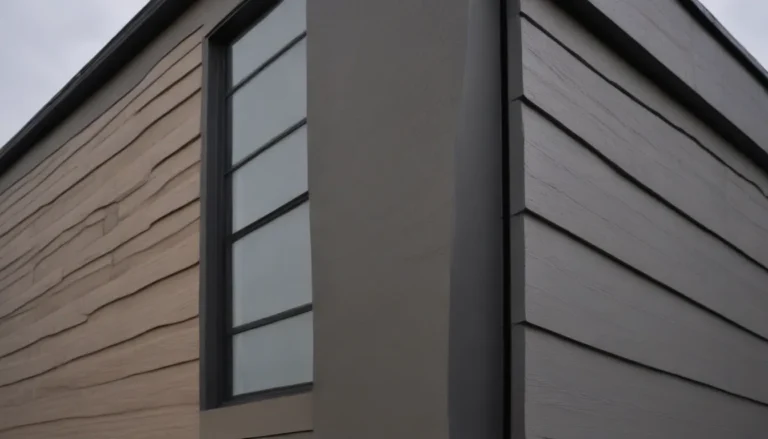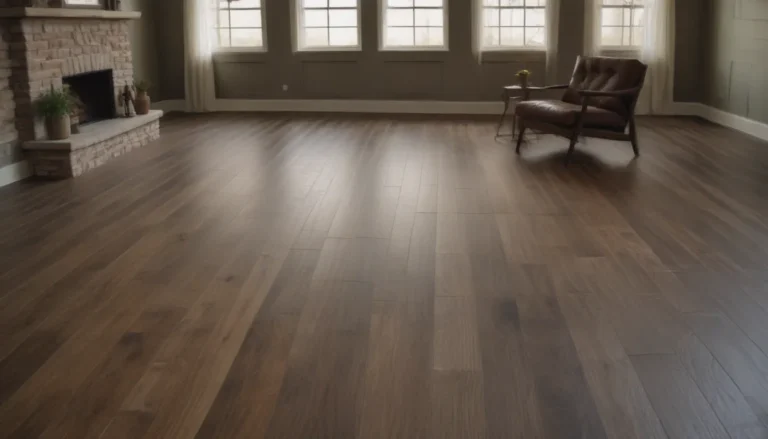How to Protect Your Laminate Flooring from Water Damage

Laminate flooring is a popular choice for many homeowners due to its durability, affordability, and easy maintenance. However, when it comes to water exposure, laminate flooring can be quite sensitive. In this article, we will discuss how to prevent water damage to your laminate floors, what to do if water seeps onto or under the flooring, how to replace water-damaged floorboards, and tips for installing laminate flooring in water-prone areas.
Understanding Laminate Flooring and Water Damage
Laminate flooring is not waterproof like ceramic or luxury vinyl plank flooring, and it can be damaged by water if not properly maintained. The main issue with laminate flooring and water exposure is delamination, where the image layer and wear layer begin to separate from the dense fiberboard core. Once laminate flooring gets wet, it can take days to dry, and even after drying, it may never return to its original dimensions.
To prevent water damage to your laminate floors, it is crucial to keep water away from the flooring as much as possible. Here are some tips on how to protect your laminate flooring from water damage:
What to Do About Water on Top of Laminate Flooring
- Laminate flooring can withstand some water on the surface, but it should not get wet on the sides, seams, damaged areas, or bottoms.
- If water spills on the laminate flooring, mop it up quickly to prevent it from seeping into the seams.
- Use a wet-dry vacuum to extract water that has reached the edges or seams of the laminate.
- Extreme precautions should be taken when installing laminate flooring in full bathrooms, as water exposure is more common in these areas.
What to Do About Water Under Laminate Flooring
- If water seeps under the laminate flooring, it must be removed immediately to prevent damage.
- Pull up quarter-round or baseboards around the affected area and use a wet-dry vacuum to extract the water if possible.
- Remove the affected floorboards, especially those running parallel to the water spill, to prevent further damage.
- Be aware of laminate flooring’s absorption rates and how quickly it can swell when exposed to water for extended periods.
Replacing Water-Damaged Laminate Floorboards
Water damage can affect various types of flooring, including laminate flooring. While real wood flooring can be sanded and refinished, laminate flooring cannot be repaired in the same way. However, damaged laminate boards can be replaced on a one-for-one basis. Here are some tips on replacing water-damaged laminate floorboards:
- Remove the baseboards and pull out the damaged board if it is at the end of the row.
- If the damaged board is in the center, cut it out using a circular saw and replace it with a new board.
- Allow the new laminate board to acclimate to the temperature of the room before installing it to prevent future damage.
Tip: Acclimate Laminate Flooring Before Installation
When installing new laminate flooring, it is essential to allow the boards to acclimate to the temperature of the room before installation. This helps prevent warping or damage to the flooring over time.
Installing Laminate Flooring in Water-Prone Areas
If you plan to install laminate flooring in areas prone to moisture, such as bathrooms or kitchens, follow these guidelines to prevent water damage:
- Fold the underlayment against the wall and cut excess with a utility knife after installation.
- Fill the laminate’s expansion areas with silicone caulk to prevent water seepage.
- Remove the toilet before installing laminate in a bathroom and leave a 1/4-inch expansion area around the toilet flange.
- Apply wall molding or silicone caulk around shower pans or bathtubs to seal the perimeter.
In conclusion, while laminate flooring is not waterproof, there are steps you can take to protect it from water damage. By following the tips and guidelines provided in this article, you can keep your laminate floors looking great for years to come. Remember, prevention is key when it comes to maintaining the beauty and longevity of your laminate flooring.





